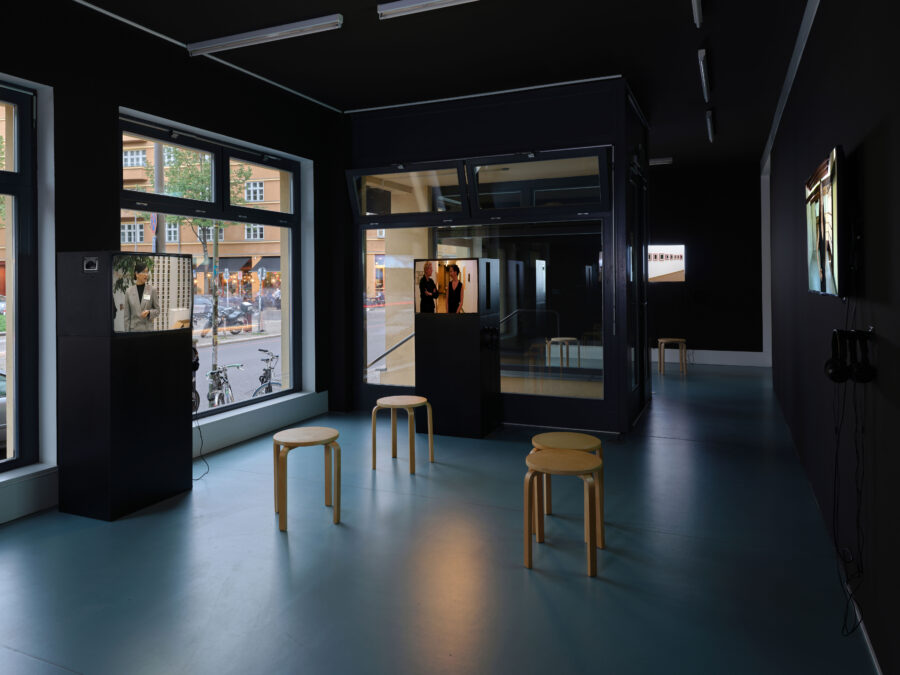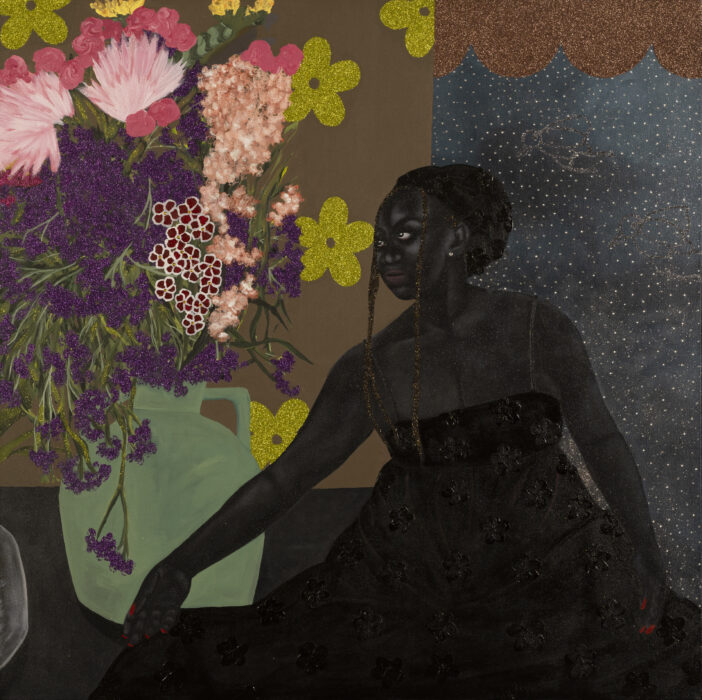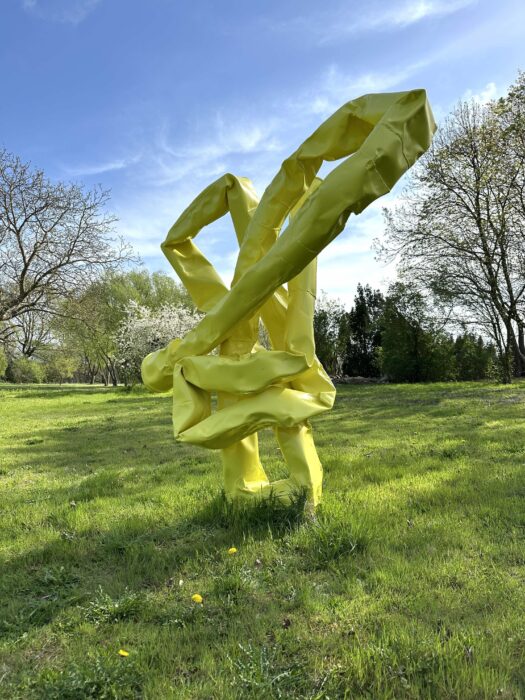berlin
Andrea
Fraser

Don’t Let Me Fall
kabinett
Andrea
Fraser

Andrea Fraser
cologne
Zandile
Tshabalala

Don’t Let Me Fall
meseberg
Anna
Fasshauer
